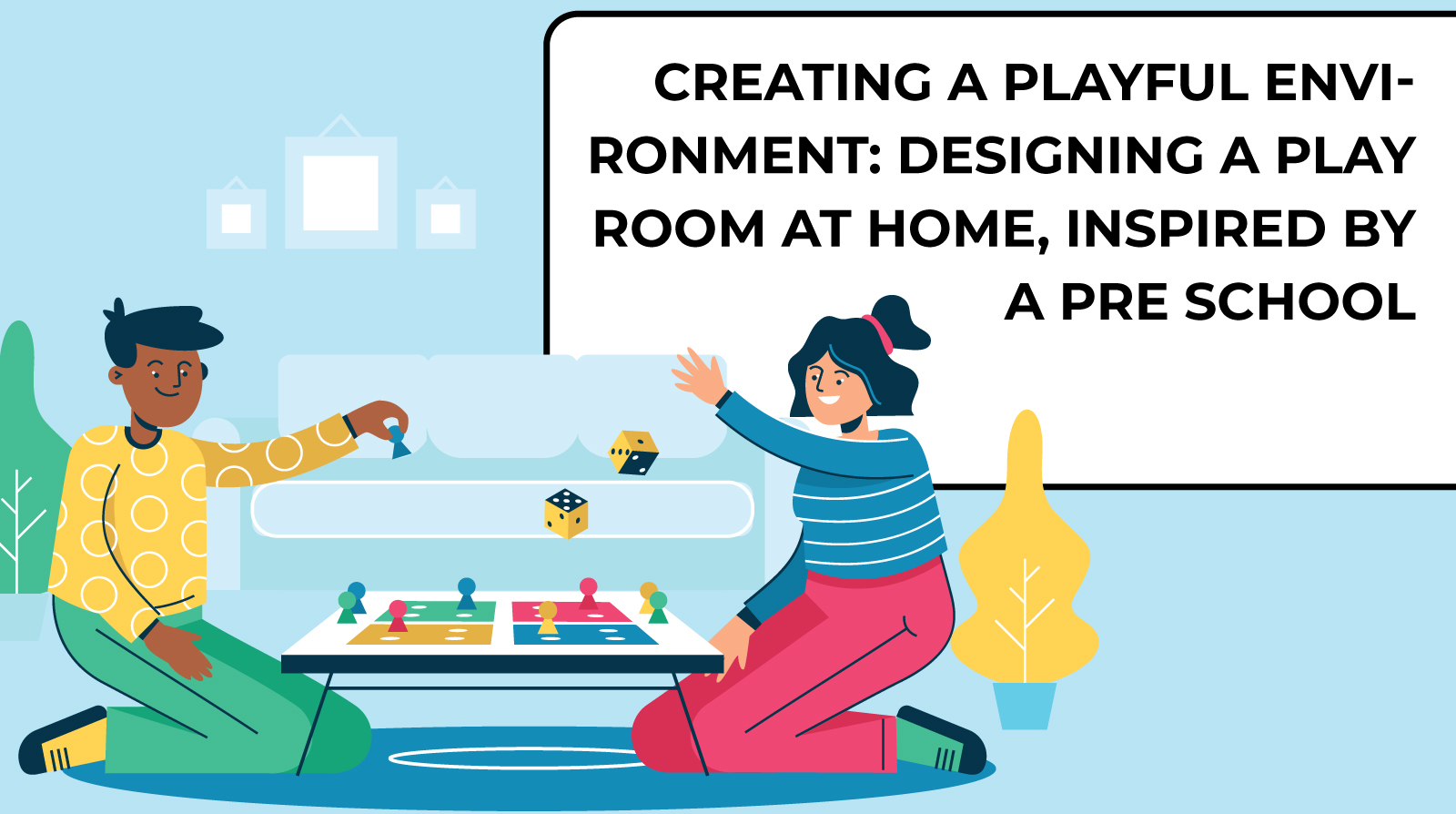In the journey of early childhood development, creating a playful environment at home can significantly impact a child's growth and learning. One of the most effective ways to foster creativity, curiosity, and social skills is by designing a play school room tailored to your child's needs. Let's delve into the essential elements and tips for transforming a space into a magical haven where learning and play seamlessly intertwine.

Embrace a vibrant color palette that stimulates your child's senses. Incorporate primary colors like reds, blues, and yellows to create an engaging atmosphere. Consider painting accent walls with chalkboard or magnetic paint to encourage artistic expression and learning through play.
Divide the room into interactive zones to cater to various activities. Create a cozy reading nook with a colorful rug and shelves filled with age-appropriate books. Establish a hands-on science or art corner with easily accessible supplies. Each zone should be designed to pique your child's interest and curiosity.
Choose child-friendly furniture that is both functional and whimsical. Child-sized tables and chairs, storage bins with playful designs, and soft cushions can transform the space into a comfortable and inviting area. Ensure furniture is safe and durable for active play.
Integrate educational toys and games that encourage cognitive development. Puzzles, building blocks, and interactive learning games can be strategically placed within the room to facilitate learning through play. Rotate toys periodically to keep the environment dynamic and exciting.
Decorate the walls with themed posters, educational charts, and your child's artwork. Consider using removable wall decals to add a touch of fantasy without damaging the walls. Incorporate elements that align with your child's interests, whether it's animals, space, or fairy tales.
Allow your child to contribute to the room's design by involving them in the decision-making process. Let them choose their favorite colors, decorations, and even assist in arranging their play space. This not only fosters a sense of ownership but also enhances their decision-making skills.
Designing a play room technology-free, promoting hands-on and imaginative play. This will encourage creativity, social interaction, and the development of essential motor skills without the distractions of screens.
Creating a playful environment for your child's play room at home is a rewarding endeavor. It not only nurtures their intellectual and emotional growth but also provides a space where they can explore, learn, and develop a love for discovery. By incorporating these elements, you can transform a room into a haven where education and play coexist harmoniously, laying the foundation for a joyful and enriching childhood.